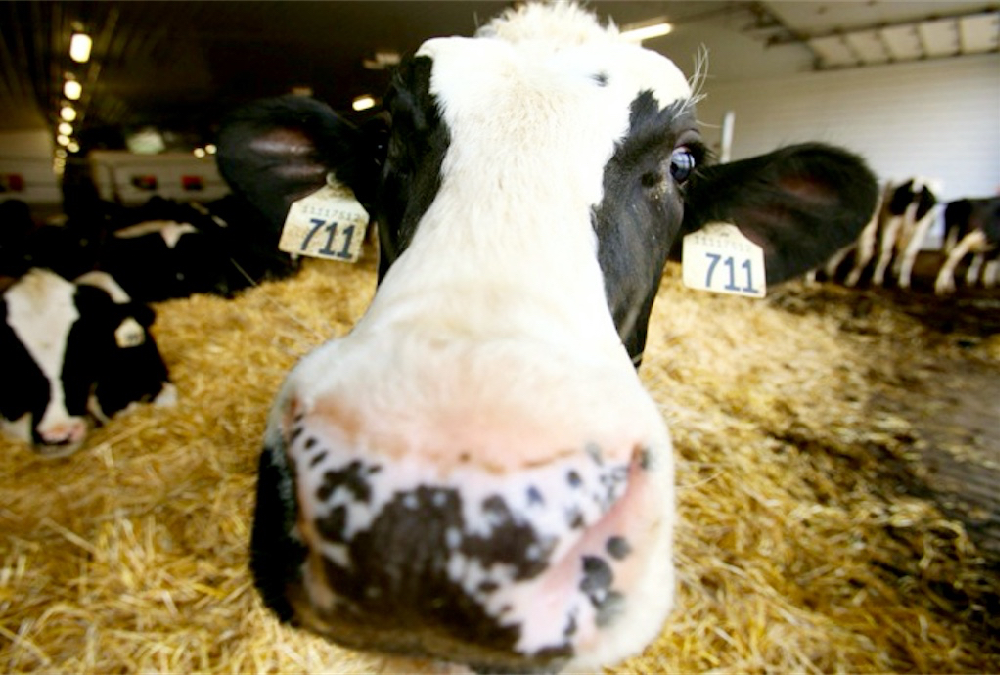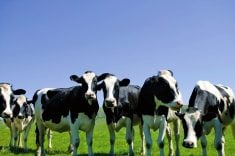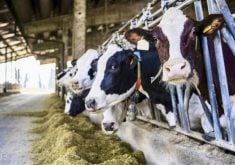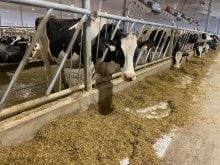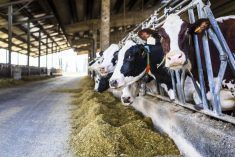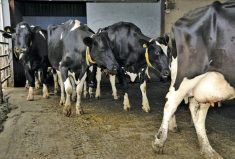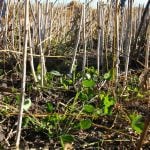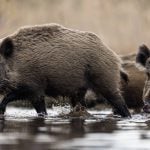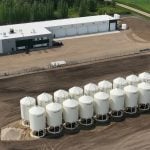Hay fed to dairy cows for a couple of days after calving can help those that have health issues.
Cows are fed high starch diets at calving as they ramp up milk production, which helps manage ketosis and fatty liver, but it also increases risk of acidosis and inflammation.
Why it matters: Providing hay post-calving has been shown to help cows that may be struggling.
Read Also

Partnerships, communication key to disease management
Communication and strong, trusted partnerships are key to managing infectious diseases like Foot and Mouth Disease and HPAI.
Masahito Oba, a researcher at the University of Alberta, says researchers there conducted experiments on starch levels and found conflicting results.
He suggested at the recent Western Canadian Dairy Seminar in Red Deer, Alta., that cows fed low starch diets before calving could benefit from being eased into a high starch diet after calving.
Hay can help in some conditions where cows already have acidosis or inflammation.
Oba and his group recently published two papers based on hay research. They fed a group of fresh cows a total mixed ration (TMR) and another group TMR and free-choice hay.
The timothy hay was low quality — 10 per cent crude protein and neutral detergent fibre of 61.6 per cent — but most of the cows ate a lot in the first two days after calving. Some ate only TMR.
Cows that hadn’t been eating much dry cow TMR in the days before calving were more likely to eat hay. Cows with high BHB, an indicator of ketosis, and cows with inflammation all had higher hay intake.
“In other words, sick cows appreciated the hay by consuming more,” said Oba, at least for the first five days post-calving.
Hay for cows could be like chicken soup that people consume when they are feeling ill, he said.
“If you’re feeling normal, you might prefer the steak meal.”


